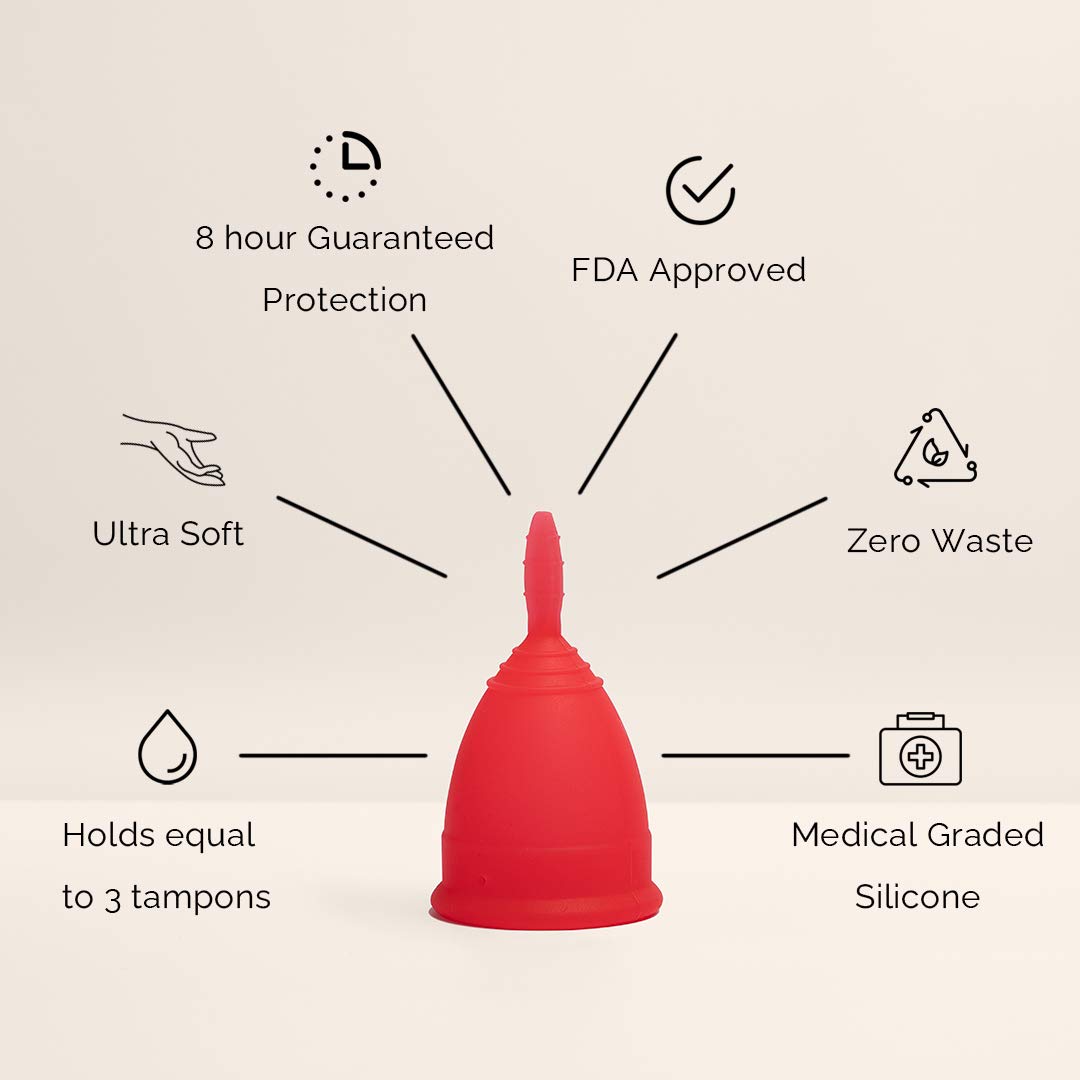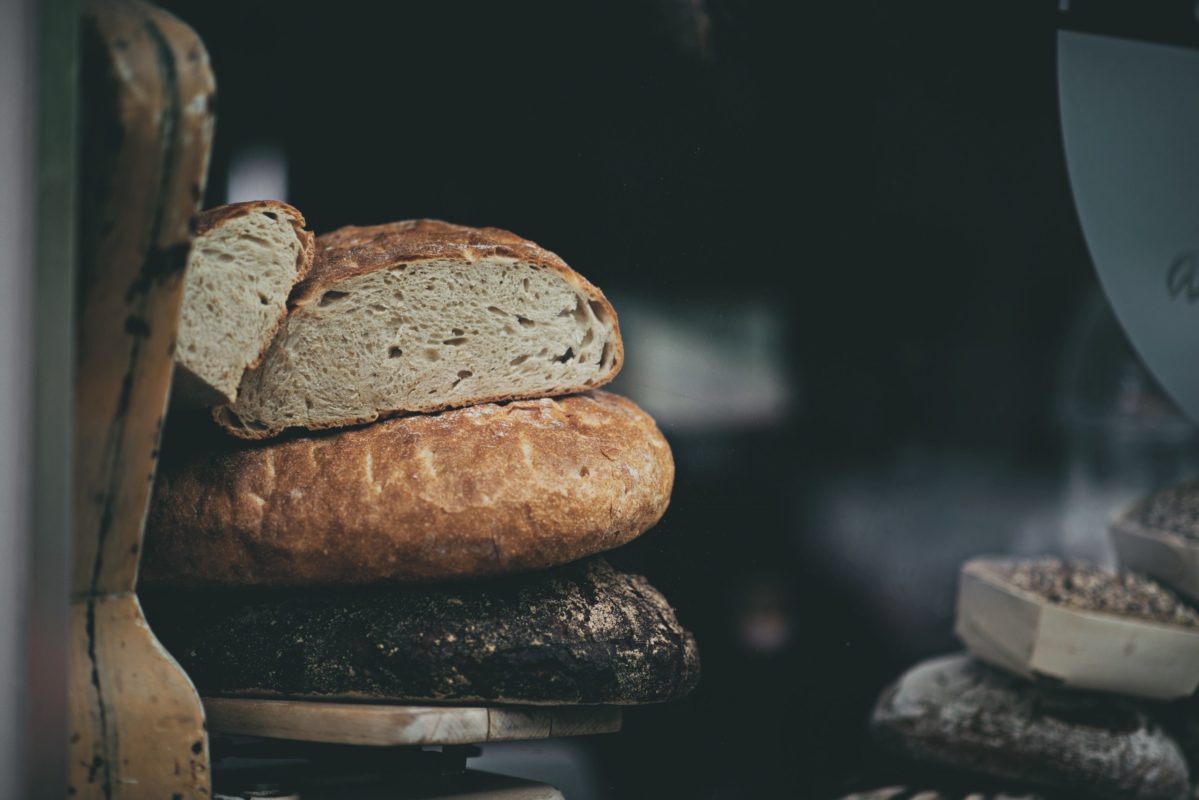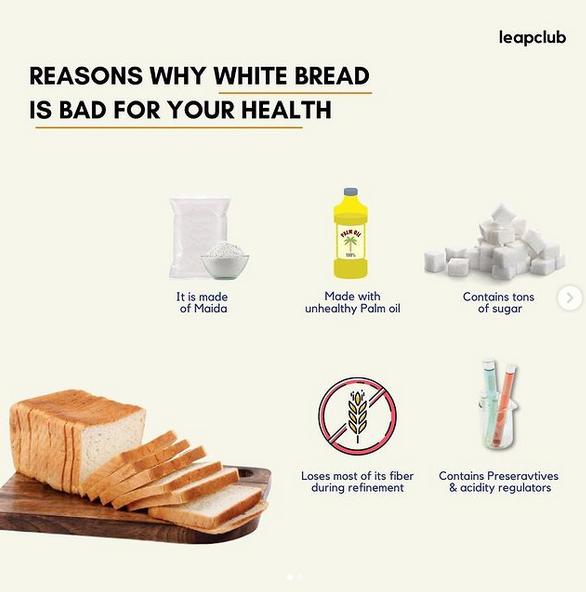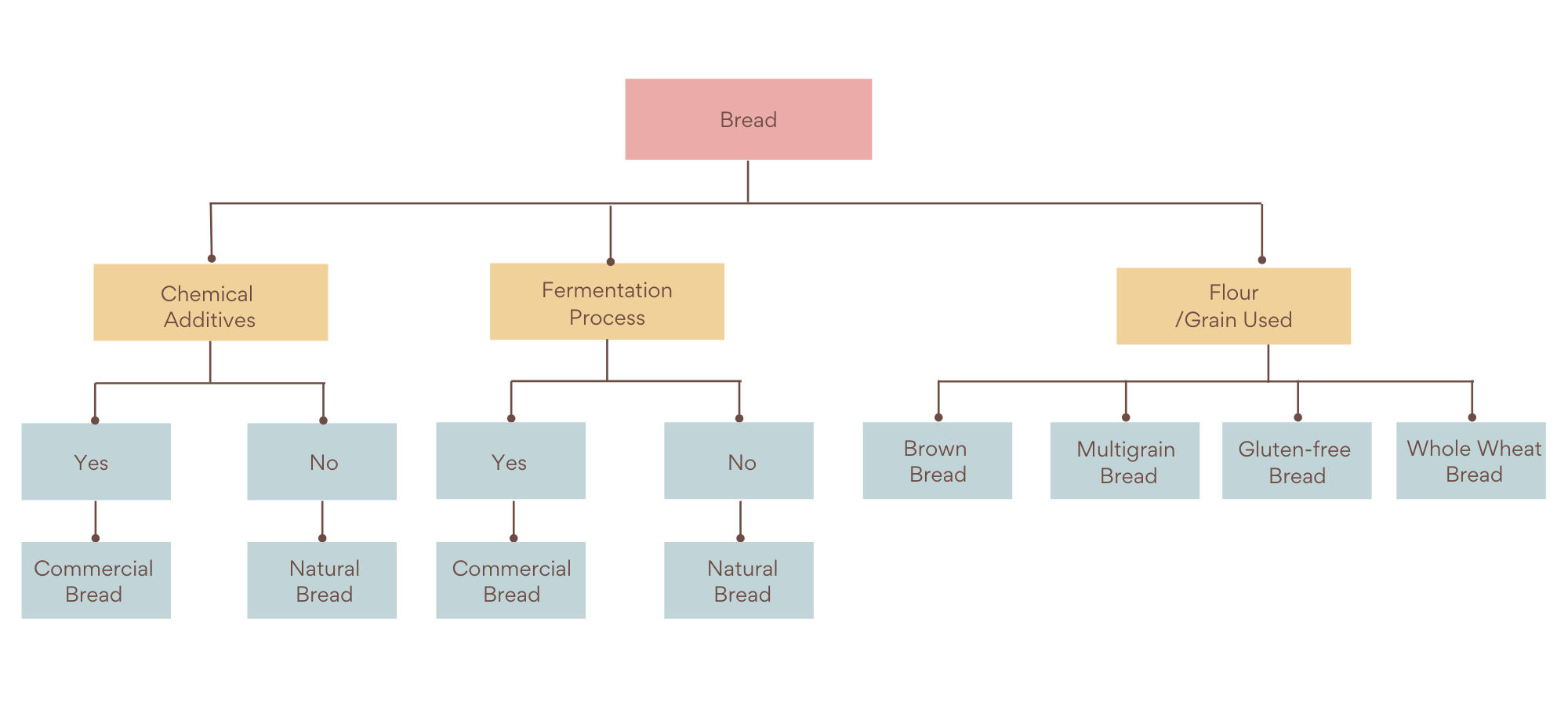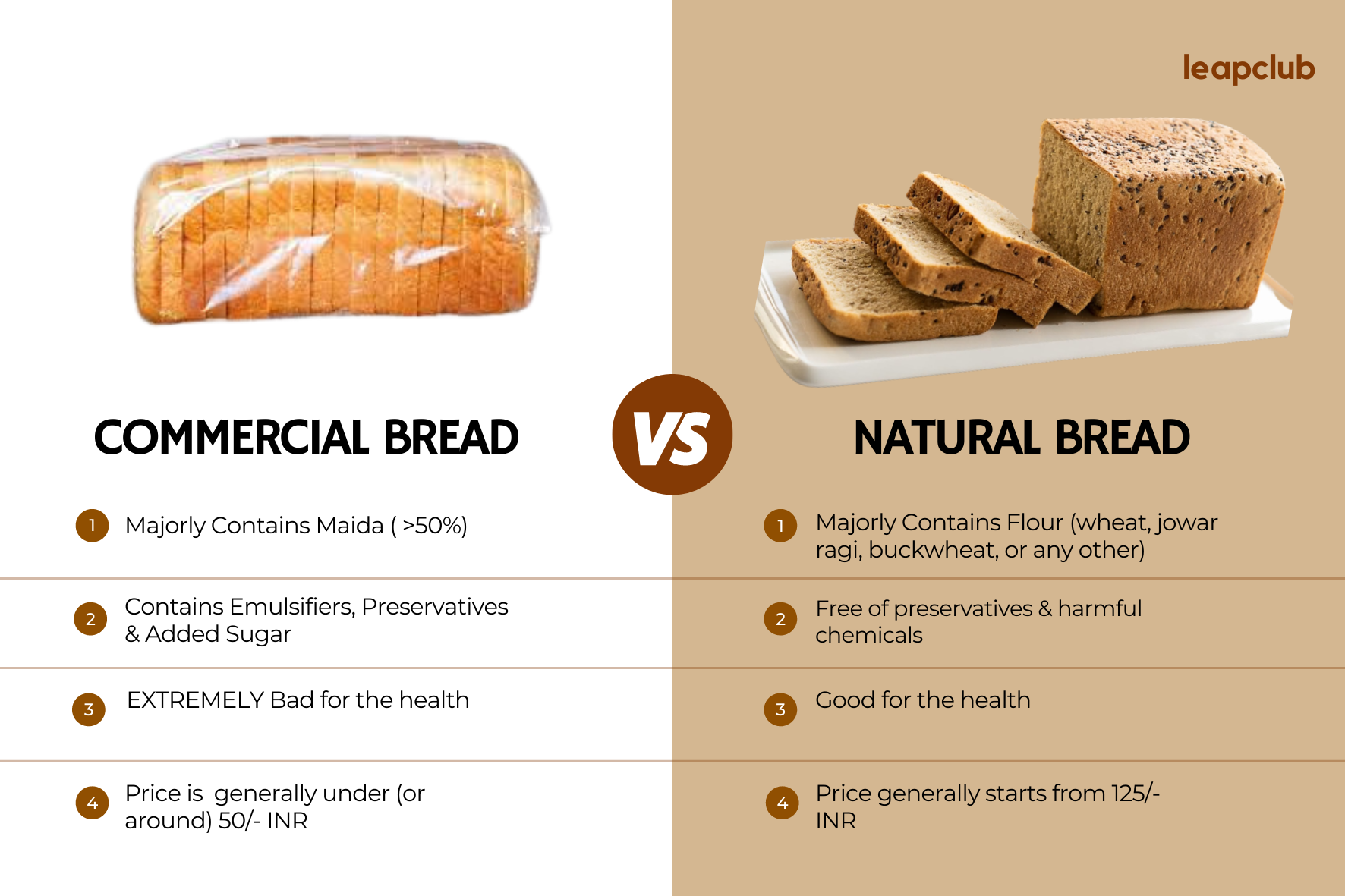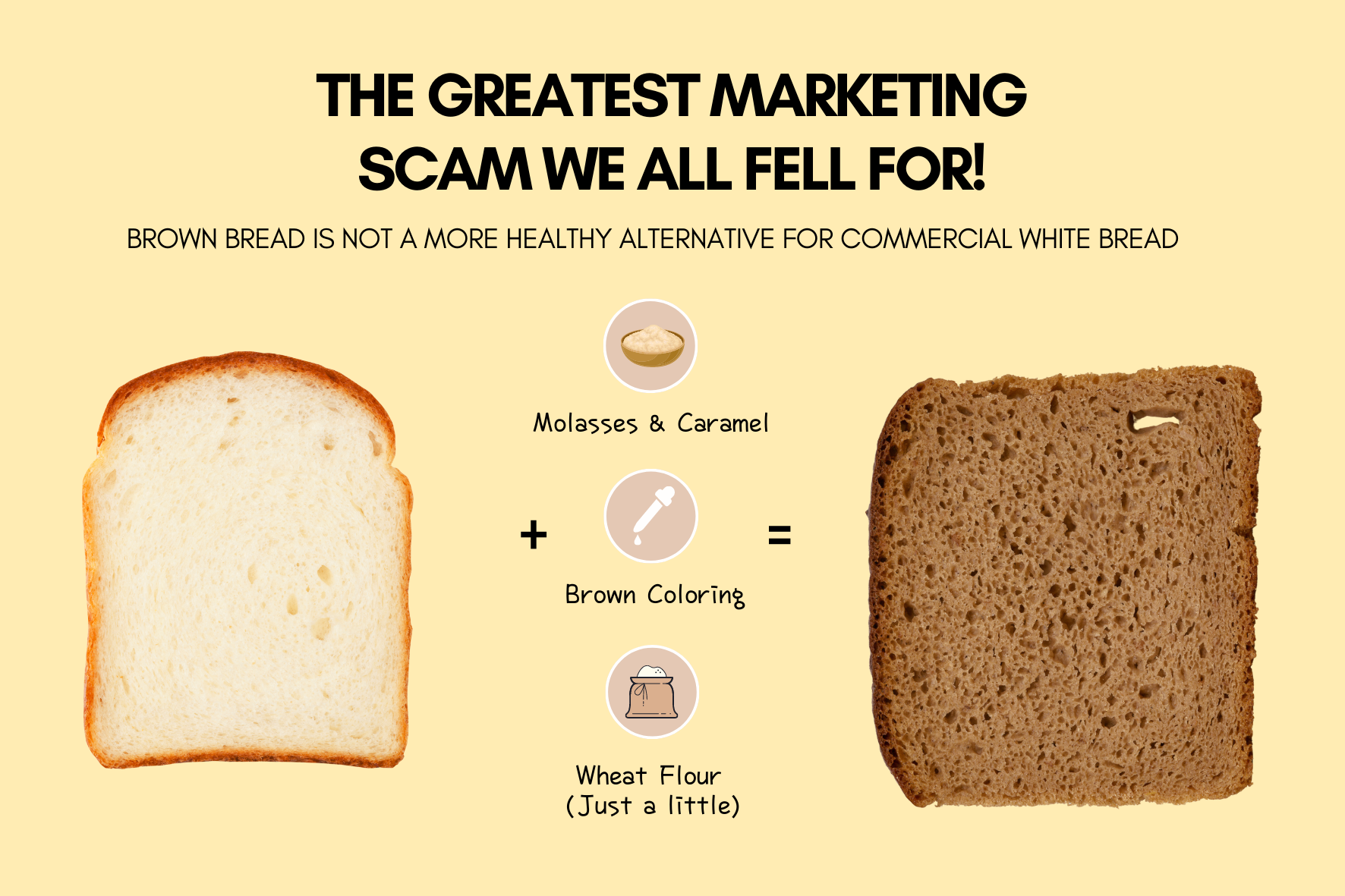- What is a Menstrual Cup?
- Why is it used?
- How to use a Menstrual Cup for the first time?
- So which size is suitable for you?
- Steps to use Menstrual Cup
- Important Information before you use a Menstrual Cup for the first time
- How is it better than Sanitary Pads?
- Disadvantages of Menstrual Cups?
- Conclusion
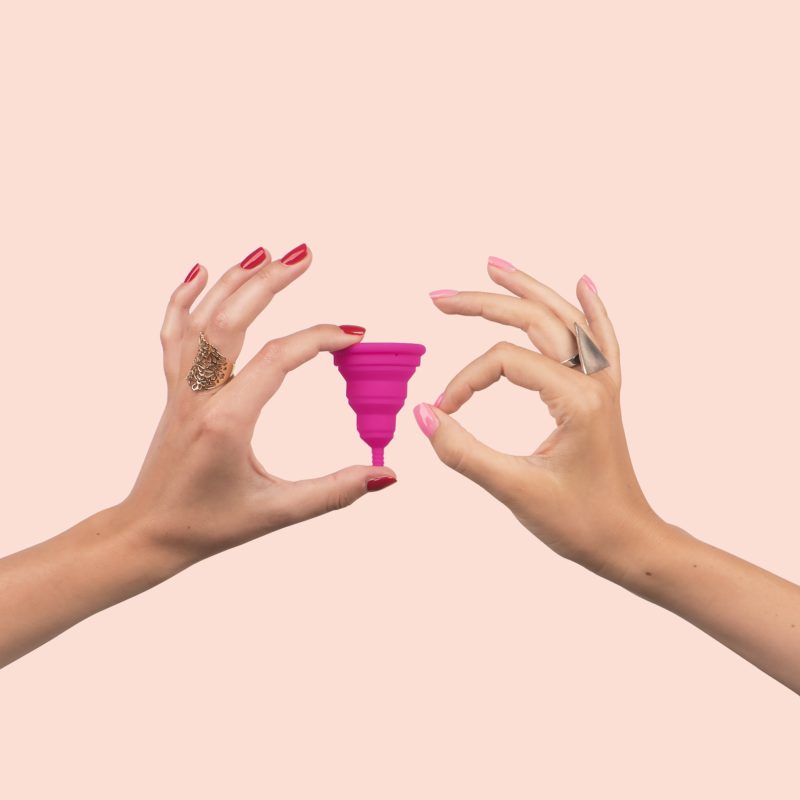
Menstrual Cups 101: Everything You Need to Know Before Trying it for the FIRST Time
Do you know that out of a total of around 40 crore menstruating women in India, less than 20% use sanitary pads? The reason for this lies in no awareness of menstrual hygiene products in rural as well as urban areas. Now imagine if sanitary pads have such a low penetration in Indian markets, then what will be the condition of menstrual cups?
Therefore, in this blog, we will be guiding you about menstrual cups and what you need to understand before trying your first menstrual cup.
What is a Menstrual Cup?
Let’s start with the basics.
So, what exactly is a menstrual cup?
A menstrual cup is a tunnel-shaped cup made up of medically graded silicone which is used to collect the period fluids by inserting it into the vagina.
So basically, unlike sanitary pads which absorb period fluids, it collects it into a tunnel-shaped cup which you can drain out by removing the cup from your vagina.
Why is it used?
Menstrual Cups are used because they can hold more period blood than any other method primarily, sanitary pads. Also, you can use one menstrual cup for about 5-10 years, and hence, it can save you a LOT of money. Except for the first two-three period cycles, it is quite convenient to use and mostly you won’t even feel its presence.
How to use a Menstrual Cup for the first time?
If you are using a menstrual cup for the first time, then you should know that these cups generally come in two sizes, small and large, although some brands might have a medium size too. You can check out the products here.
So which size is suitable for you?
Chose Small Menstrual Cup if:
- You are very slim or small frame – Probably a teenager
- You are in the initial stages of your menstrual cycle with little blood flow
- You are a woman younger than 30 years of age and HAVE NOT delivered vaginally
Chose Large Menstrual Cup if:
- You are a woman older than 30 years of age
- If you have delivered a baby vaginally
- If you feel you have a very high flow of period blood
Steps to use Menstrual Cup:
- Cleaning
This is the first step which involves cleaning both the menstrual cup as well as your hands. You can use water to clean the cup and make sure that there is nothing inside the vacuum holes at the brim of the cup. Consider cutting your fingernails if you have long nails as it might get uncomfortable while putting the cup inside the vagina if you have long fingernails.
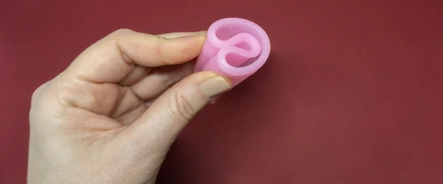
C-Fold
- Folding
There are many ways to fold a menstrual cup before putting it inside the vagina. Some common folding methods are C-fold and Push-down fold. Please remember that you have to make the cup as small as possible by folding it using your own preferred method.
- Insert
Now try to sit in a squatted position and slowly put the menstrual cup inside the vaginal opening with the folded tunnel facing upwards and the tail outwards towards the vaginal opening. Don’t open the fold of the cup till it is fully inside the vagina.
- Open
Now that your folded menstrual cup is in the right position, leave it so that it can pop open. You can rotate the cup using the tail if you feel that the position is not correct. When you hear a small pop sound, consider the menstrual cup is rightly inserted.
Important Information before you use a Menstrual Cup for the first time:
- You will not feel anything (or any discomfort) if you have used a menstrual cup the right way. You will be able to do regular tasks like walking, running, dancing, etc. without feeling any discomfort.
- It will pain A LOT while inserting a menstrual cup inside the vaginal opening for the very first time. Therefore, you might need 3-5 period cycles to get used to it.
- You can use menstrual cups overnight too.
- You can use this cup continuously for 8-12 hours depending upon the brand.
- You can easily do regular activities like dancing, running, sitting, etc. without the fear of the menstrual cup getting out of the vagina.
- You have to make sure that the vacuum holes on the top of the menstrual cup are cleaned every time you use it.
- The general life cycle of a menstrual cup is around 5-10 years depending upon the brand.
- After your one-period cycle, you have to clean it with boiled water and store it inside the box.

How is it better than Sanitary Pads?
- Cost-Efficient: You can use a menstrual cup for around 5-10 years. Imagine how much money you can save on sanitary pads!
- More Blood: It can hold more blood than tampons and the amount varies according to the size of the menstrual cup you are using.
- Environment Friendly: Most of the sanitary pads are mostly plastic and considering a majority of women use only sanitary pads as their first choice of female hygiene product, its environmental plastic footprint is quite high. A menstrual cup is environmental friendly and helps to reduce the environmental plastic footprint.
Recommended Reading
Here’s how bread companies are scamming you by selling unhealthy bread!
Disadvantages of Menstrual Cups?
- Can become Messy: Inserting and removing a menstrual cup can become messy if not handled with care. There is always a chance of spilling period blood while removing the cup.
- Difficult for the First-timers: Using a menstrual cup is a tricky solution for your periods especially if you have never tried it. Therefore the entry barrier is quite high.
- Irritation: If you are not cleaning the menstrual cup regularly after every use then you might face some vaginal irritation. Sometimes lubrication is also suggested by gynecologists for inserting it inside the vagina.
- Allergies: Menstrual Cups are made with medically grade silicone which means it won’t react with the skin but there is a very small segment of women who might face some allergic reaction to silicone. You must consult with your gynecologists in that situation.
Conclusion
No doubt that menstrual cups are providing a huge benefit to a lot of women but still women and girls are not confident about using menstrual cups on their bodies. Your fear is genuine but until and unless you won’t give menstrual cups a chance, you won’t be able to feel the difference.
It’s your body, your decision. If you are not comfortable, then don’t go for this product. But at least make your decision rationally and consult a gynecologist if you want to LEARN more about this product.


